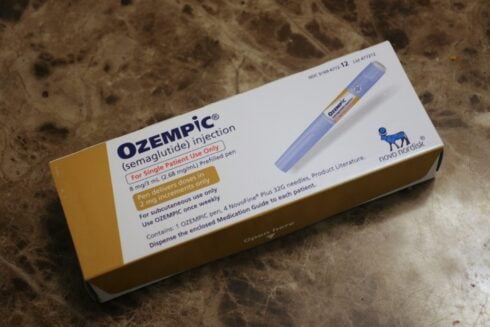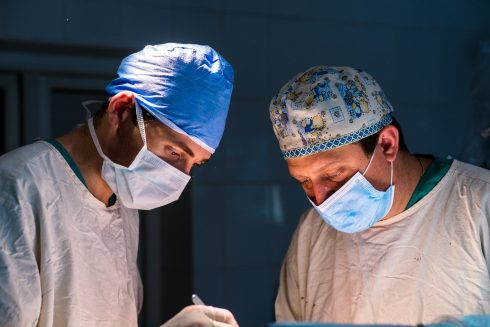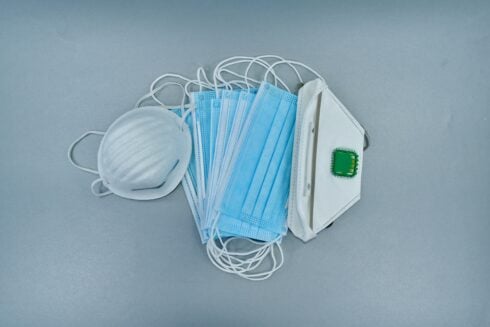SCIENTISTS are moving closer to what could become the first real cure for Type 1 diabetes after an experimental treatment helped several patients stop taking insulin altogether.
The therapy, known as VX-880, uses stem cells that have been grown in a lab and turned into the same insulin-producing cells that a healthy pancreas makes.
Once transplanted, these new cells begin sensing sugar in the blood and releasing insulin naturally — effectively doing the job the body can no longer do on its own.
Early results, published in the New England Journal of Medicine, show some patients have now gone more than two years without needing insulin injections.
One of the trial volunteers said it felt like ‘freedom’ after years of constantly checking glucose levels and worrying about sudden crashes.
The breakthrough is particularly relevant in Spain, where around 189,000 people live with Type 1 diabetes and cases among children have risen sharply over the past decade.
Across Europe, the condition affects roughly 2.7 million people, making it one of the region’s most common serious autoimmune diseases.
Vertex Pharmaceuticals, the company behind the research, expects to request approval from European regulators before the end of the decade, meaning the therapy could reach specialist centres in Spain within the next few years.
There are still major hurdles.
Patients in the trial must take immune-suppressing drugs so their bodies don’t destroy the new cells — a step that limits who can receive the therapy.
Scientists are already developing a version that would protect the cells without dampening the immune system, which would make the treatment far safer and far more widely available.
If results continue to hold, experts say this could be the first treatment to restore natural insulin production since the discovery of insulin more than 100 years ago.
Click here to read more Spain News from The Olive Press.








